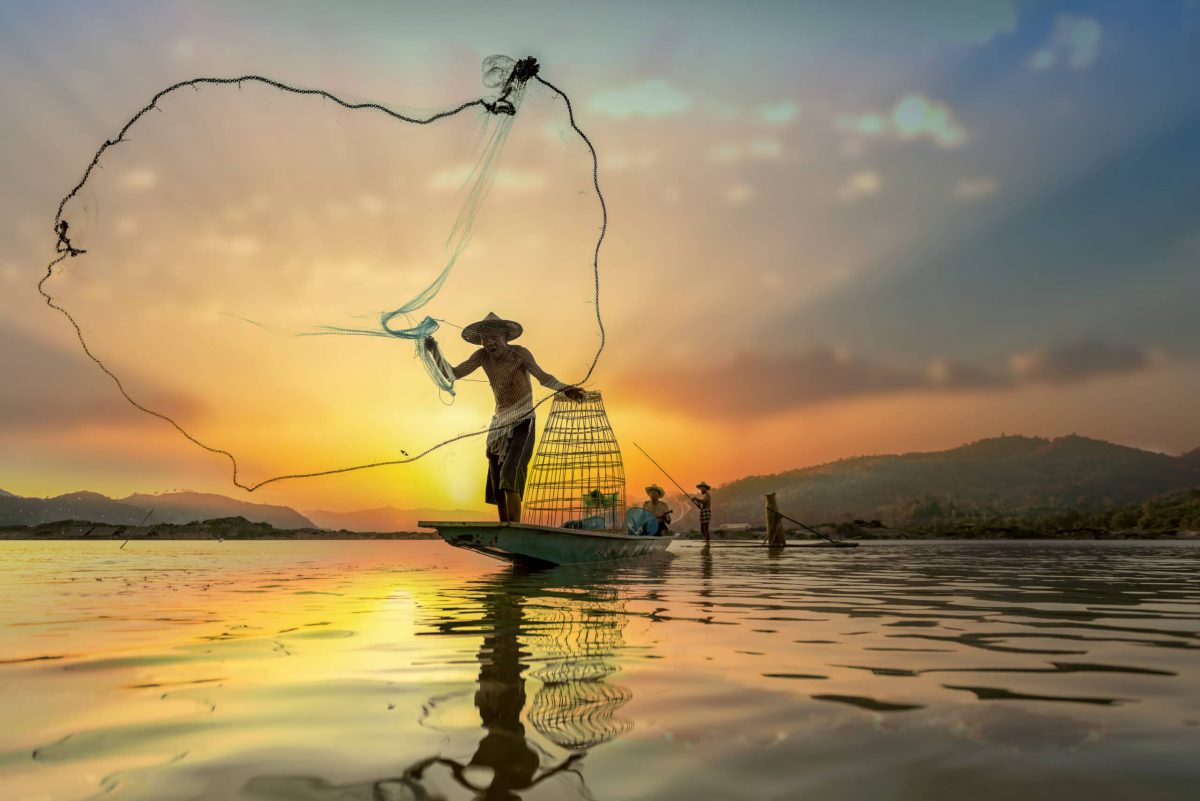For centuries, island nations have harnessed and nurtured a close relationship with the ocean. Fishing practices deeply rooted in cultural ties to nature and respect for the nearby waters and food resources have created a harmony between people and planet. However, problems facing Ocean Health have disrupted the natural balance of ocean communities and the subsistence fishing upon which these communities have survived. A new method of protecting the heritage of these people and their waters has started taking shape in areas throughout the Pacific.
Community-Based Fisheries Subsistence Areas (CBFSA) are protected areas designated solely for the practice of traditional fisheries methods. Developed in Hawaii, these areas have made it possible to combine sustainability practices in fishery management with education, regional economic benefit and social incentives to preserve cultural fishing practices. Island nations throughout the Pacific are starting to implement similar programs with powerful results.
The Ha’ena Community Based Fisheries Subsistence Area
Hawaiian culture is ingrained in its symbiosis with nature, making it no wonder that they developed a concept which would allow for people to harness their wisdom to fish in a more sustainable manner. Over time, Hawaii noticed a steady decline in their fish stocks and watched as climate change rattled the otherwise natural balance of their land and seas. In August 2015, the Ha’ena Community Based Fisheries Subsistence Area (CBFSA), located on the northwestern shore of Kauai, was created.
According to the Hawaii Department of Land and Natural Resources, “The Ha‘ena CBSFA includes State waters within the Ha‘ena ahupua‘a from the shoreline out to one mile. The suggested rules would prohibit harvesting marine life for commercial purposes, limit the types of fishing gear and methods used, set new daily take and possession limits for certain species, and establish the Makua Pu‘uhonua (marine refuge) as a “no entry” sub-zone.” As an example, the use of pole spears and hand harvest are permitted, while spearguns, lay nets and taking live shells are strictly prohibited.
Kauai’s people are watchful of the Ha’ena CBFSA and say that the rules must be self-enforced and deemed in the best interest of their families. Other Hawaiian islands like Moloka’i are also following in the footsteps of Kauai to enact their own Community-Based Fisheries Subsistence Areas. Perhaps the most important aspect of these subsistence fisheries areas is the social implication of handing power back to the community to protect their precious resources.
Other Programs Around the Pacific
Utilizing local knowledge is an effective way to establish protected areas and regulations within them. Many places around the world have seen the immediate benefits of creating community-led conservation efforts. In the Eastern Pacific, a program called the Community-Based Ecosystem Approach to Fisheries Management (CEAFM) was put in place to allow island communities to work with their government and other partners to establish the best fisheries and ecosystem conservation efforts for their region.
Similarly, Robinson Crusoe Island off Chile regards their lobster fishery as a gold mine, empowering their community to keep their livelihood sustainable in the long-term.
Other Benefits of a CBFSA
A CBFSA can also be used as an opportunity for education and community outreach, both to local generations and tourists. As more marine protected areas are established, what used to be a livelihood reliant on extracting its resources can now be used as a place of learning.
Ecotourism has been a common alternative for communities that once relied on fisheries, and a growing (pre-Covid) tourism industry made this a lucrative possibility.
In Baja California, Mexico, there are several ecotourism success stories. Cabo Pulmo Protected Area, once the site of a community conflicted by diminishing fisheries resources, now stands as a leading global example of a protected area. It boasts a fish biomass increase of 460% and ecotourism has flourished as a result.
Strengthening a Strong Bond with the Ocean
Island communities have an undoubtedly strong bond with their oceans, and yet they stand to be among the first and most adversely affected by the impacts of climate change . The establishment of Community Based Fisheries Subsistence Areas is a long-term effort to help mitigate those effects and hand back a sense of empowerment to the communities that most deserve it.
- If you want to learn more about Community-based Fisheries Subsistence Areas in Hawaii watch Fishing Pono, The story of creating Community-Based Fisheries Subsistence Areas in Moloka’i
- Next time you are eating seafood, ask where it came from and opt for local choices when available. Learn more about sourcing your seafood on our Take Action Page.
